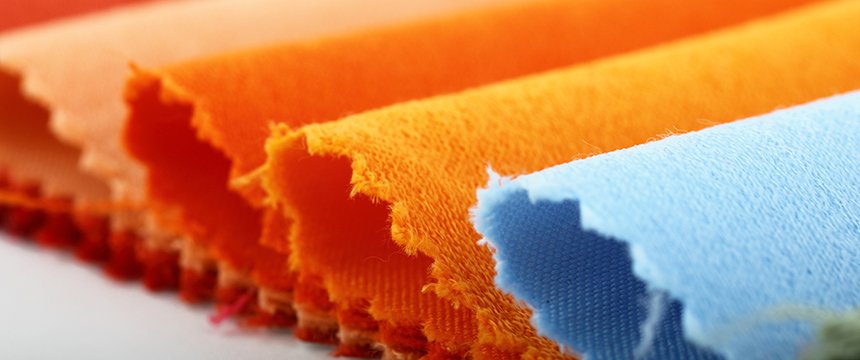
On March 28-29, the 2022 Smart Fabrics Summit, organized by the Industrial Fabrics Association International (IFAI), was held at the Wilson College of Textiles of North Carolina State University. The Summit is an annual conference that serves as a meeting of the minds of the nation’s preeminent stakeholders in the e-textiles industry, including the likes of electrical and textile engineers, research labs, manufacturers, consumer brands, and federal defense agencies. The two-day event featured the format of “share and discuss,” whereby various members of the industry presented their latest findings in e-textile research and development, and then a Q&A discussion followed allowing for all members to confer and discuss their insights and solutions. Despite occurring in the context of an ongoing pandemic that has in many ways reshaped the global supply chain, as well as the relative needs of consumers, this year’s Smart Fabrics Summit took on a refreshingly optimistic tone. Here are a few of our key takeaways:
Collaboration is Paramount
Although business earnings can be the ultimate driver for technological advancement, the attitudes of those at the conference seemed to prioritize widespread product implementation ahead of short-term gains. Despite this, what became abundantly clear throughout the conference was that current research efforts are seemingly siloed, with overlapping efforts being made by multiple stakeholders in the industry. Multiple speakers pointed out the need for intentional collaboration in order to share developments and bring smart fabrics to a broader user base. There were even some personal pleas to reveal secrets so that the industry could better share their respective advancements, technologies, and insights with one another.
Bridging the Gap Between Tech & Fashion
One of the central themes of the Smart Fabrics Summit was the shared goal to bring useful, non-sport-focused technology within textiles to a wider demographic. Everyone in attendance seemed to understand and comment on the fact that health and fitness tracking dominate, and even steer the direction, of the smart fabric industry. Although multiple mainstream fashion brands have attempted to bring wearables and e-textiles to the market (e.g., Ralph Lauren’s heated jacket, Levi’s ‘smart’ cyclist jacket, etc.), products bearing these technologies have largely remained outside of the general public’s closet. Based on our observations, this may not be solely due to deficient technology, but rather the lack of input from the fashion/apparel industry. For starters, only a handful of attendees at the event actually came from the corners of the fashion/apparel industry not primarily focused on fitness. With this in mind, if the majority of input on the subject is coming from those whose interests are focused on athletic application, perhaps implementation outside of the fitness realm isn’t being advocated for. In the alternative, if those in the fashion space were to become further engaged, they may be able to share ways to implement existing technology in products that people would be more inclined to purchase and wear on a daily basis. There’s no denying that fashion trends dictate why people wear what they wear; it stands to reason then that those who frequently deal in this area of apparel should become increasingly active in the smart fabric space in order to bridge the gap to the everyday person.
Thoughts for the Legal Industry
Apart from the obvious aspects of the legal industry that would benefit e-textile businesses such as the securement and enforcement of intellectual property rights, business-conscious legal counsel appears to be the greatest need. Many of those developing the technologies being implemented into wearable products come from start-ups, universities graduate departments, or small-scale labs. The common thread throughout each of these parties is the need for a trusted legal advisor – someone who can intimately understand their product and advise on the various business opportunities that can and do arise. Given the increased calls for collaboration in the industry, this would mean advising on and papering cross-licensing deals, joint venture relationships, and other traditional “emerging tech” issues. Additionally, based on the high investment opportunity in emerging tech, law firms can also provide counsel to e-textile businesses on prospective and ongoing angel, venture, and seed funding opportunities.
If you are a business engaging in the smart fabrics space, or are otherwise interested to learn more about our insights on the challenges facing this industry, please contact the authors or any member of Foley’s Fashion, Apparel and Beauty team for more information.
